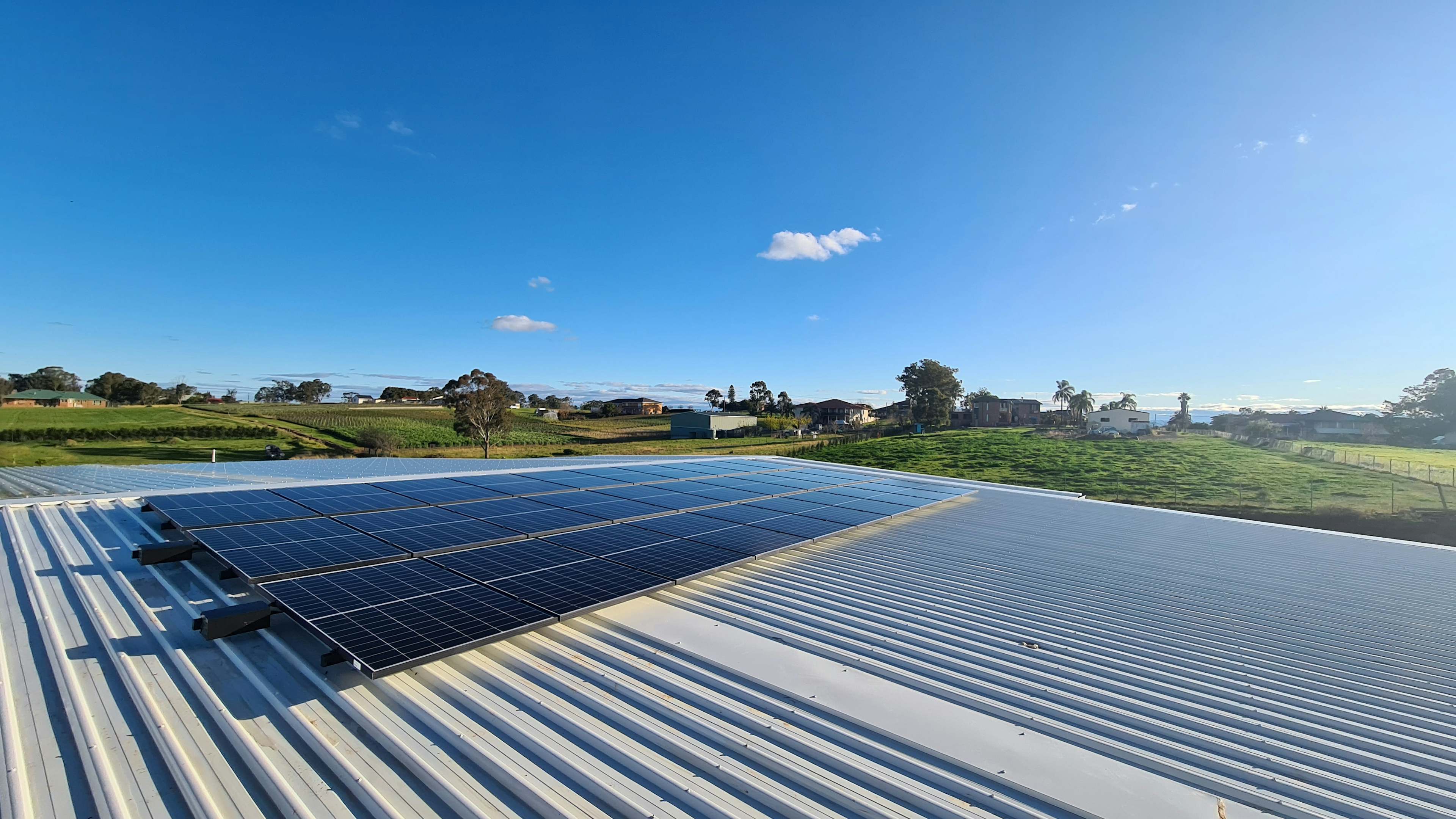Solutions
New Energy Solutions
Solutions
Brands
Solar Panels
Brands
Locations
Locations
About Us
About Us
Support
Need help?
Support
Learn
Featured Articles
Sizing Up A System
Finance & Rebates
Learn
Arkana Energy Group, Kozco Energy Group & Solaray Energy are now part of 1KOMMA5°!
About us
The Feed In Tariff is the price your chosen energy retailer pays for any excess electricity generated from your solar panels.
In NSW, solar power is fed into your home as it is generated and your household will use it first before you draw power from the grid. This means that for every kWh of solar power used in the home you are directly saving money you’d spend on your power bill. This reduction in your power bill is the main financial benefit of solar power.
Everything else will be bought up at an agreed rate by your electricity retailer.
When working out how much you’ll save from your bill, you’ll need to work out the billing style that applies to you. The cost of electricity varies from house to house.
Many households in Ausgrid are now billed based on what time they use the electricity, known as time-of-use billing:

If you have time-of-use billing, take the average of your peak and shoulder rates to roughly estimate how much solar power will save you. The off-peak rates don’t matter when calculating what you’ll save, since solar power doesn’t work during these hours (10 pm to 7 am).
We estimate that on average solar will save you around 30 cents a kWh plus GST.
If you pay a flat rate for your power, this is the amount of money solar will save you for every kWh used in the home. Typically the rate in Sydney is around 22 to 25 cents a kWh plus GST.
If the solar power you generate isn’t used in your home it’s automatically fed out to the grid and you may be paid a feed-in tariff by your energy retailer. Typically this feed-in tariff is around 8 cents a kWh, however, there are some deals around where the feed-in tariff is even higher, for example, 10 cents a kWh on the Solar Promise plan with Energy Locals.
There are some retailers that won’t pay you anything so it’s important to shop around and find the best deal.
It quickly becomes apparent that saving 22-30 cents a kWh off your energy bill is a better deal than making around 8-12 cents from the Feed-In Tariff (FiT) in NSW.
This is why we try to accurately size up a solar system so that you are able to use as much of the solar power as possible in the home. A solar system that is too large will inevitably send a lot of solar power back to the grid, however, this isn’t always a bad thing. We now have a lot of customers oversizing their solar system to minimise their power bills, and more information on this strategy is available here: No Power Bill With Solar Power
Remember, for the excess energy you’ll be earning around 8-12c/kW instead of saving 25-30c/kW off your bill. This can significantly affect how long it will take you to earn/save enough to justify your solar system.
We aim for our customers to use around 70% or more of the solar power as it is generated, which can give a return on your money in around 3-5 years for a good quality solar system.
Here is a screenshot of a real bill. This is a 1KOMMA5° customer with a 3kW solar system. The energy charges show a household with a flat rate of power, with three levels based on the amount of power used during the quarter.
The first ‘block’ of power is the most expensive, and then as a house uses more power across the quarter the price of electricity drops slightly, in this case from 22.9 cents to 22.1 cents a kWh.

‘Peak consumption’ refers to the main meter in your meter board, and is used to differentiate from an off-peak or controlled load, which is a common setup for electric hot water.
The bottom half refers to the feed-in tariff. In this bill, on average 4.3kWh of solar power per day wasn’t used in the house and was exported to the grid. The credit applied to this bill is $22.61.
Your electricity bill won’t say how much money you saved by using your solar power for this electricity doesn’t run through your meter. The bill is simply going to show you how much grid energy you used, and how much excess solar energy you sold back to the grid. Your total solar usage is recorded by your inverter, which you can access through the inverter’s online monitoring platform.
If you would like a more accurate assessment of your bill and how big a size you’d need to get the best return, request a callback from the 1KOMMA5° Team today.
Of course, all of the above information assumes that you won’t be adding battery storage later.
To keep it simple, we have not included the impact batteries will have on your power bill or the recommended system size – as this gets a little more complicated.
The basic principle is that instead of getting a paid a feed-in tariff by your energy retailer, we can now store excess solar power in a battery to use in the evening. As the energy tariffs during the peak billing period are now over 50 cents a kWh for many households, installing a battery can be an effective way of reducing your power bill even further.
Again, it is worth talking with one of our solar and storage experts about how to factor this in as there are a number of variables to consider.
Our solar experts will help you find the right system for your home.

Get all the right information before installing a solar power system for your home.
